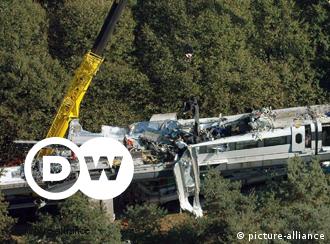On paper that looks true, but I checked and the trains (which are the ones with superconductors) aren't a big factor in the cost of maglevs. First off, only the Japanese maglevs use superconductors, so other designs probably use less, and even in the Japanese designs the cost of a train is less than the cost of 1 km of track, before factoring in tunnels. So the main fraction of cost is the track and the right-of-way (or tunneling to avoid it), making these the critical costs to be reduced before a maglev is viable. If those are reduced earlier, the cost of the trains or liquid nitrogen wouldn't make the trains much more expensive than a normal train.
The main potential would be to compete with aircraft over longer distances than high-speed rail can. There aren't too many distances this long in Europe, so it may be more limited there, but elsewhere there are routes where this applies, even when high-speed rail exists on shorter routes.

